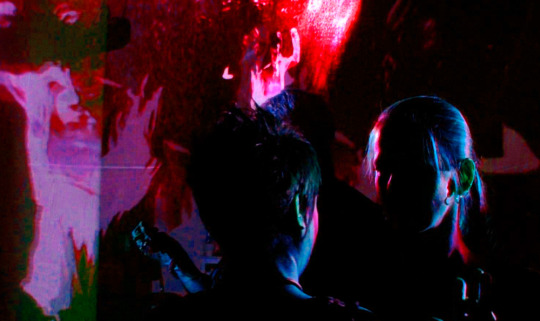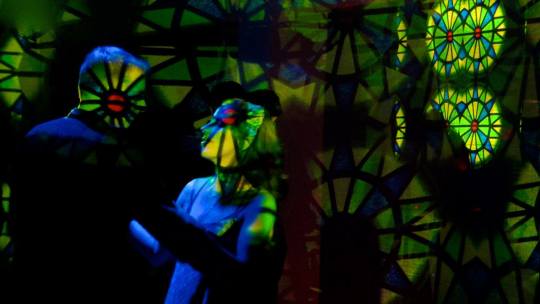Intentionality and Tango

The term intentionality refers to the »philosophy of mind« by
Brentano and the speech-act theory of Searle. Human interaction requires
perception – the mental ability to notice, decode and interpret actions of
the social environment to create intentionality as its mental
representative.
Intentionality designates the mental presence of objects and actions
of the »real« world on the one hand, on the other hand it ́s not only a
passive reflection of the concrete world but an active intervention on it
motivated by action intentions.
In Tango the action intention appears as an subjective imagination of
dancing figure sequences. Due to the absence of verbal communication
the collective intentionality of a couple becomes apparent in a body
language expressed by steps sequences, turns of the torso or the subtle
use of arm movements by the »closed embrace«.
»the flow of sound, music and dance, for example, has striking
resemblances to the flow of meaningful human discourse.«
Erkki Soininen, http://www.erkkisoininen.fi/aestetic.php
Intentionality and Vintage Tango
The dancing language of the traditional Tango is a closed dialogue
curcuit with a classical sender-receiver-model of (male) leaders and
(female) followers.
The dancing intentionality primarily refers to a sclerotic pool of
dancing figures (and their framework conditions), which dancers acquired
through long-time exercises in workshops and »practicas«.
This collective communication system is an indespensible
prerequisite for the development of intentionality. The learning process is
supported by framework conditions like the hierarchically dancing roles of
leaders and followers, the closed embrace and the dancing circle on the
dance floor.
Intentionality and Neotango
The dancing concept of Neotango turns its back on this restrictive set
of dancing regulations and replaces it with a system of free improvisation.
Instead of following a predefined arsenal of figures a permanent sender-
sender feedback process creates impulses of movement. Additionally the
dancing repertoire expands to free-flowing, multi-facetted meshes of
moves by integrating contemporary dance concepts like Contact
Improvisation, Butoh, Modern Dance as well as Tai Chi.
The creation of a collaborate intentionality will be supplemented by
contemporary Tango music (Electrotango, Triptango, Trancetango), which
gains outstanding influence on the dance process as an autonomous factor
and merges to a multi-dimensional, intentionality structure.
One- and multidimensional intentionality comprise two poles of the same
dancing continuum. They point to the individual level of the Tango learning
process which also reveals the individual dancing style in unnumberable
gradations at every Neolonga.
Intentionality and media installations

Dancing Tango within a video installation doubles the reality and has
an important influence on the intentionality of the dancers. The dancefloor
becomes a stage and the dancers actors. Now the dancing subjects are an
integral part of the total scene, change the perspective and slip for a short
time into an object of study of the bystanders.
The altered perspective continually shifts the self-awareness of dancing
couples dramatically and creates a further dimension of their intentionality.
Volker Marschhausen, tanguerilla Bremen, Germany

